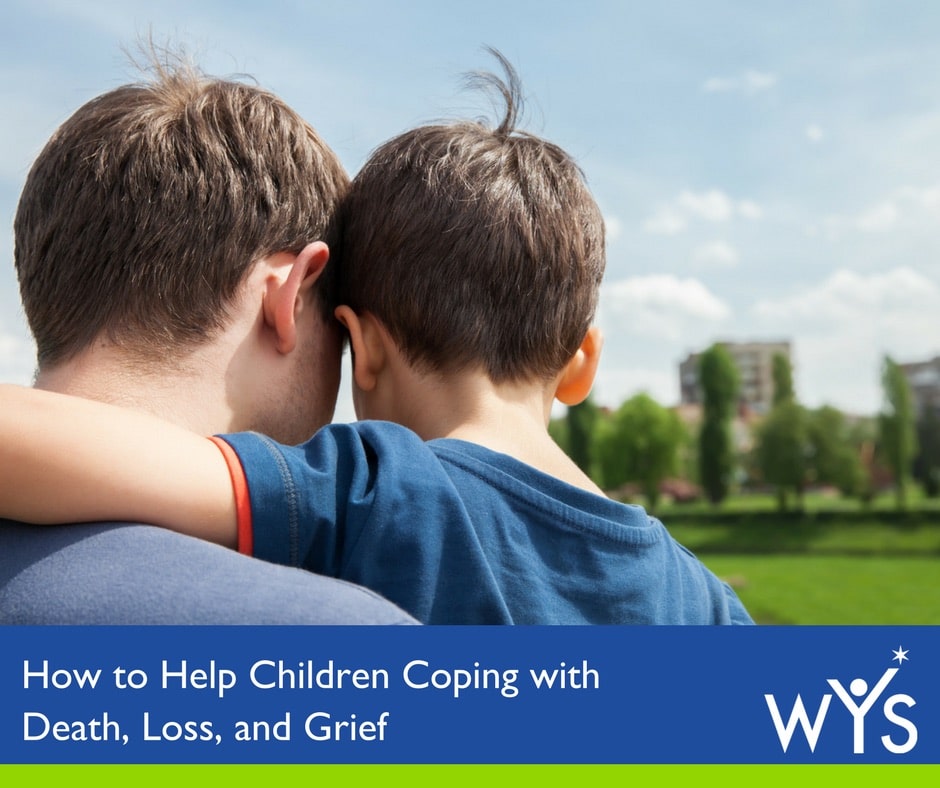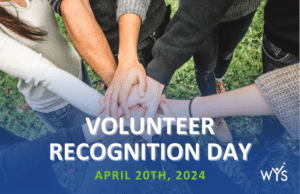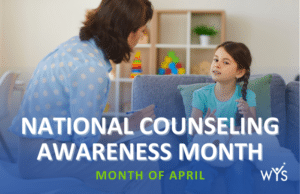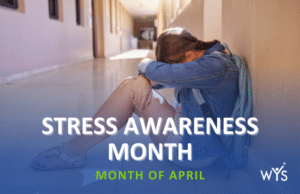
How to Help Children Coping with Death, Loss, and Grief
Though the death of a loved one is not one of the Adverse Childhood Experiences (ACEs) in the original ACEs study, the death of a loved one is traumatic. Coping with death, loss, and grief is challenging at any stage of life. For children and young adults, it is often perceived as a form of abandonment.
Their only prior experience with death is likely from family stories that feel far removed or through movies, books, or current events. As an example, in the popular teen movie The Fault in Our Stars, the loss of life at a young age can easily be romanticized more in films.
When death happens in real life, there are many details and emotions for adults to work through; adolescents and their feelings can be forgotten during a hectic and difficult time. Death and loss also open up the opportunity to teach children the important life skill of learning to grieve. A skill which will be called upon many times for various aspects of loss throughout life. It opens the possibility of turning a sad life event into one of remembrance, love, and letting go.
Grief support is usually geared toward adults although we know that it is also highly beneficial for children and teens.
“Grief is not an illness and we do not recover from it, that is, there is no cure. It is a natural life cycle event that all of us will experience when someone we are close to, care about, or simply know, dies. We learn to accommodate to this loss, to accommodate to our feelings, and to cope with the many changes a death can bring to our lives.” – Phyllis R. Silverman, Ph.D
We share some good books and resources further down in this article that you can save in the event the need arises. We also offer ways to approach this tender subject for different age groups. If you have a resource or viewpoint that you would like to share, please join in on the conversation on our Facebook page.
Guiding a Young Child through Loss and Grief
Children under age 6 think in literal terms, they do not relate to euphemisms like “passed away,” and may not understand the finality of death. Instead, it is important to speak plainly and honestly, perhaps noting that a person’s body stopped working, either from old age or from an accident. Explain what they can expect when you go through the funeral and mourning period. It is also an opportunity to discuss any religious or spiritual beliefs and traditions that may be familiar and comforting to your family. As you prepare for the conversation, think about how often and active the deceased person was in their life, that is a good measure to use to determine how much to share.
Helping an Older Youth Cope with Death
Children aged 6 to 10 can understand deeper explanations and may have some interesting questions. You can be prepared to respond appropriately. Keep in mind, they may experience feelings of guilt and connect the death to something they did or didn’t do. They may feel the loss could have been avoided if they had done something differently. They may also be afraid that they will die or that someone else they are close to will die. Listening to their feelings without interruption and then reassuring them that they are not responsible for the loss can be helpful.
Coping with death and loss may trigger feelings from other losses in their lives, such as divorce or a close friend or family member that relocated. If this is the case, do whatever you can to strengthen those relationships. If the person they are missing is far away, use technology to bring them closer with frequent video chats to maintain the connection and assure them that they are loved and important.
How to Comfort a Grieving Teenager

Preteens and youth aged 11 and up can understand that we all die at some point and may have questions about their own mortality. Honesty is best, even if it is hard. This is an opportunity to build trust around conversations they are sure to remember.
This age group lives on social media, so be mindful of their online activities as they grieve and cope with loss. This can be a great way for them to explore and find answers to questions they may be reluctant to ask others. This is also a timely moment to remind them to be extra careful because the anonymity of social media may expose them to cruel comments or online predators. Offer to listen without interruption and suggest other safe places for them to share their grief. They may want to talk to their youth group leader/pastor/rabbi or mentor or access some of the online resources and books listed below.
Teens may internalize the range of emotions they are experiencing and start to exhibit a change in behavior. It’s not uncommon for loss to precipitate experimenting with drugs, alcohol, sex, or other risky behaviors. In their internal struggle for control, they may start to use food and eating disorders to decide what happens to their bodies.
Unfortunately, at this age, sudden, unexpected, and traumatic deaths occur way too frequently. The three leading causes of death in adolescence are accidents, suicide, and homicide, according to the National Vital Statistics System of the Centers for Disease Control and Prevention. It is unfathomable that 72 percent of deaths between the ages of 12-19 in the US occur for these 3 reasons.
The unexpected loss of a friend or schoolmate is life-altering. It may seemingly have more of an impact than losing a parent or family member. The bedrock of their world has shifted and everything they know to be true may feel as though it has changed. The journey of grief may be long and complex and they will need support to process their grief and feel safe. With the death of a student, schools typically have structures in place to offer support to surviving students and faculty and memorializing the student in a healthy way. Equally important is the need for them to be supported at home, and some may need to see a mental health professional to help process the tragedy. It is important for teens to be feel included and connected to minimize feeling isolated and afraid.
Resources to Lessen the Burden of Grieving and Loss
Grieving is a personal experience that is different for everyone and for every relationship Some people will appreciate communal grieving activities while others will shy away from them. There is no one or right way to grieve or to help someone through the grieving process. A few things are universal: understanding, support, and sincere listening are among the most helpful. Applying these while guiding a loved one through coping with loss will help you find out what they need.
“Though a highly personal experience, grief also requires to be felt in the company of other grief. It is almost indescribable the way grief shifts in the moment it is expressed out loud. In that brief encounter, one’e grief becomes the world’s grief. Although pain-staking and lonely, grief is an invisible thread that connects all of our hearts. It has the power to redefine humanity.” – Erin Coriell
Regardless of the age of the child or teenager, it is imperative that adults, including family, friends, teachers, counselors, and mental health professionals, learn to recognize these signs and step in to help or offer support when needed.
Please help us share this article and the resource list below. You may never know how it can help ease the journey or even save a life.

Lorry Leigh Belhumeur PhD, CEO of Western Youth Services
Death, Loss and Grief Resources – Books
For Young Children:
The Invisible String, by Patrice Karst (Author), Geoff Stevenson (Illustrator) is a very simple approach to overcoming the fear of loneliness or separation with an imaginative flair that children can easily identify with and remember.
The Fall of Freddie the Leaf: A Story of Life for All Ages, by Leo Buscaglia (Author) – How Freddie and his companion leaves change with the passing seasons, finally falling to the ground with winter’s snow, is an inspiring allegory illustrating the delicate balance between life and death.
When Dinosaur’s Die: A Guide to Understanding Death, Laurie Krasny Brown (Author), Marc Brown (Illustrator)
I Miss You: A First Look at Death, Pat Thomas (Author), Leslie Harker (Illustrator)
Someone Special Died (Kids have feelings too), Joan Singleton Prestine (Author), Virginia Kylberg (Illustrator)
For Adolescents and Teens:
Get Rid of the Hurt: A Reproducible Workbook for Kids Experiencing Loss, by Madeleine Brehm (Author), Rachel Wenzlaff (Author) This book helps children better understand the purpose of grieving; and their personal experiences with grief.
Gran-Gran’s Best Trick: A Story for Children Who Have Lost Someone They Love, by L. Dwight Holden (Author), Michael Chesworth (Illustrator) – A child recounts her special relationships with her grandfather and the difficulty of coping with his death from cancer.
For Adults Supporting Children Through Loss:
How It Feels When a Parent Dies, by Jill Krementz – 18 children from age 7 – 17, speak openly of their experiences and feelings.
Tear Soup, by Pat Schwiebert (Author), Chuck DeKlyen (Author), Taylor Bills (Illustrator) – it looks like a children’s story book but its geared for adults and talks about the gradual process of a woman grieving her widow (different things add to the soup: anger, sadness, support group, events without loved one…).
On Grief and Grieving: Finding the Meaning of Grief Through the Five Stages of Loss, by Elisabeth Kübler-Ross (Author), David Kessler is helpful. It’s a bigger book but it talks about the stages of grief and what each stage may look like.
Grief Camps:
Grief Resources:
Childhood Traumatic Grief, The National Center for Child Traumatic Stress (www.nctsn.org)
Ready to Remember: Jeremy’s Journey of Hope and Healing – Goodman, Miller, Cohen, & Lieberman – The National Center for Child Traumatic Stress
Rosie Remembers Mommy: Forever in her Heart, Goodman, Miller, Cohen, & Lieberman – The National Center for Child Traumatic Stress (www.nctsn.org)
After a Suicide: A Workbook for Grieving Kids, The Dougy Center. ([email protected])
Breaking the Silence: A Guide to Helping Children with Complicated Grief—Suicide, Homicide, AIDS, Violence, and Abuse, Linda Goldman (2001). New York, New York: Brunner-Routledge.
Grief Counseling and grief therapy: a handbook for the mental health practitioner. New York: Springer Publishing.
Worden J.W. (1996). Children and grief: when a parent dies. New York: The Guilford Press.
For those in Orange County, CA, Survivors After Suicide groups at Didi Hirsch help survivors cope with the death of their loved one so they can move forward in their lives in a positive and productive way
Additional Reading:
https://www.psychologytoday.com/blog/raising-grieving-children






